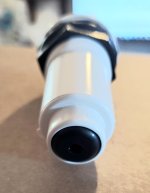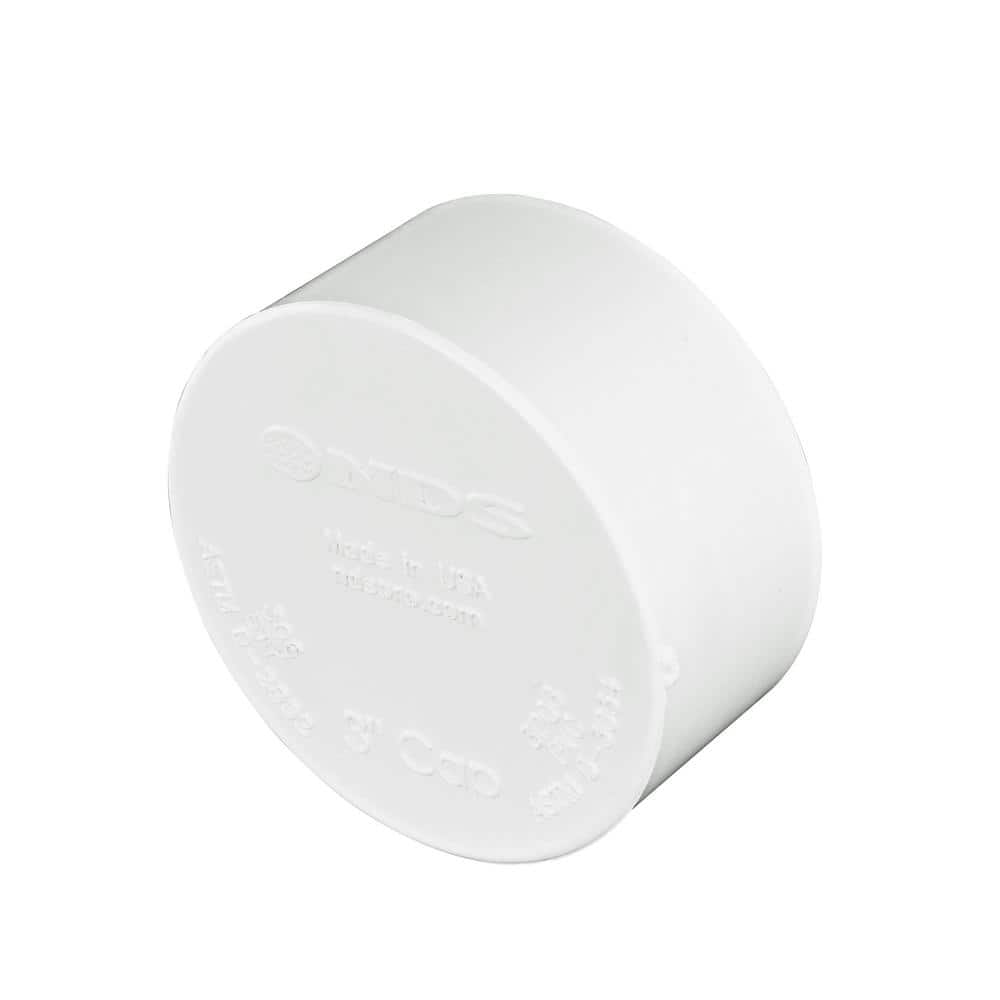Moved from Here
I just bought one of these because I don't like the idea of a metal sensor that is connected to a 110v module touching my pool water. The only thing is it's not really made for a pressurized application. I'll try it and report back.

I just bought one of these because I don't like the idea of a metal sensor that is connected to a 110v module touching my pool water. The only thing is it's not really made for a pressurized application. I'll try it and report back.

Last edited by a moderator:














